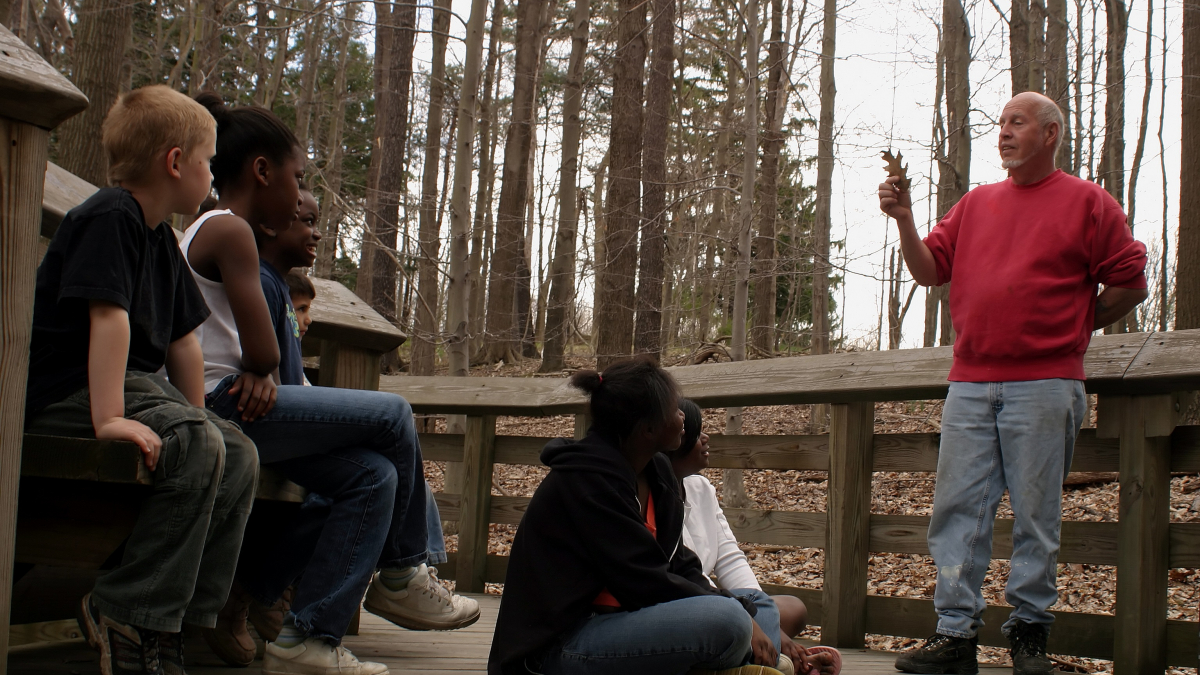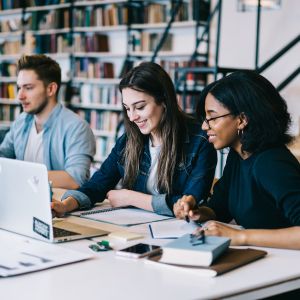Image

Image

New! Environmental Educator Knowledge and Skills: Guidelines for Excellence
Hot off the virtual presses! Foster environmental literacy, plan programs, and put them into action. This new guide is a major revision of Professional Development of Environmental Educators: Guidelines for Excellence.
About the Guidelines for Excellence
The National Project for Excellence in Environmental Education, initiated by NAAEE in 1994, developed a series of guidelines that set the standards for high-quality environmental education. Each of these publications was developed by a diverse team of professionals, and each has gone through a substantive review by thousands of professionals prior to its publication.
"It's all about promoting excellence in environmental education, and working to improve our practices."—Bora Simmons
The latest versions of printed materials in the Guidelines for Excellence series are available as free downloadable PDFs or you may purchase bound copies.
Through the National Project for Excellence in Environmental Education, NAAEE is taking the lead in establishing guidelines for the development of balanced, scientifically accurate, and comprehensive environmental education programs and materials. Quality environmental education programs help develop an environmentally literate citizenry that can compete in our global economy; has the skills, knowledge, and inclinations to make well-informed choices; and exercises the rights and responsibilities of members of a community.
The National Project for Excellence in Environmental Education received funding from the U.S. Environmental Protection Agency through ee360, the Environmental Education and Training Partnership (EETAP) and EECapacity, plus the U.S. Forest Service, the National Fish and Wildlife Foundation, University of Oregon, Northern Illinois University, and World Wildlife Fund.
For more information, please contact Bora Simmons.
Image

Exploring Synergy: Environmental Literacy and National Standards
How environmental education is conceptualized and implemented in elementary and secondary schools is critical if we are to meet our ultimate goal of environmental literacy. When all of the cross-references between the national standards and the environmental literacy framework as articulated in the Guidelines for Learning (K–12) are taken together, distinct patterns emerge.
Image

Linking EE and Ocean Literacy, Climate Literacy, and Energy Literacy
This series of crosswalks align Excellence in Environmental Education: Guidelines for Learning (K–12) to the Ocean Literacy: Essential Principles of Ocean Sciences, Climate Literacy: Essential Principles of Climate Sciences, and Energy Literacy: Essential Principles and Fundamental Concepts for Energy Education.




